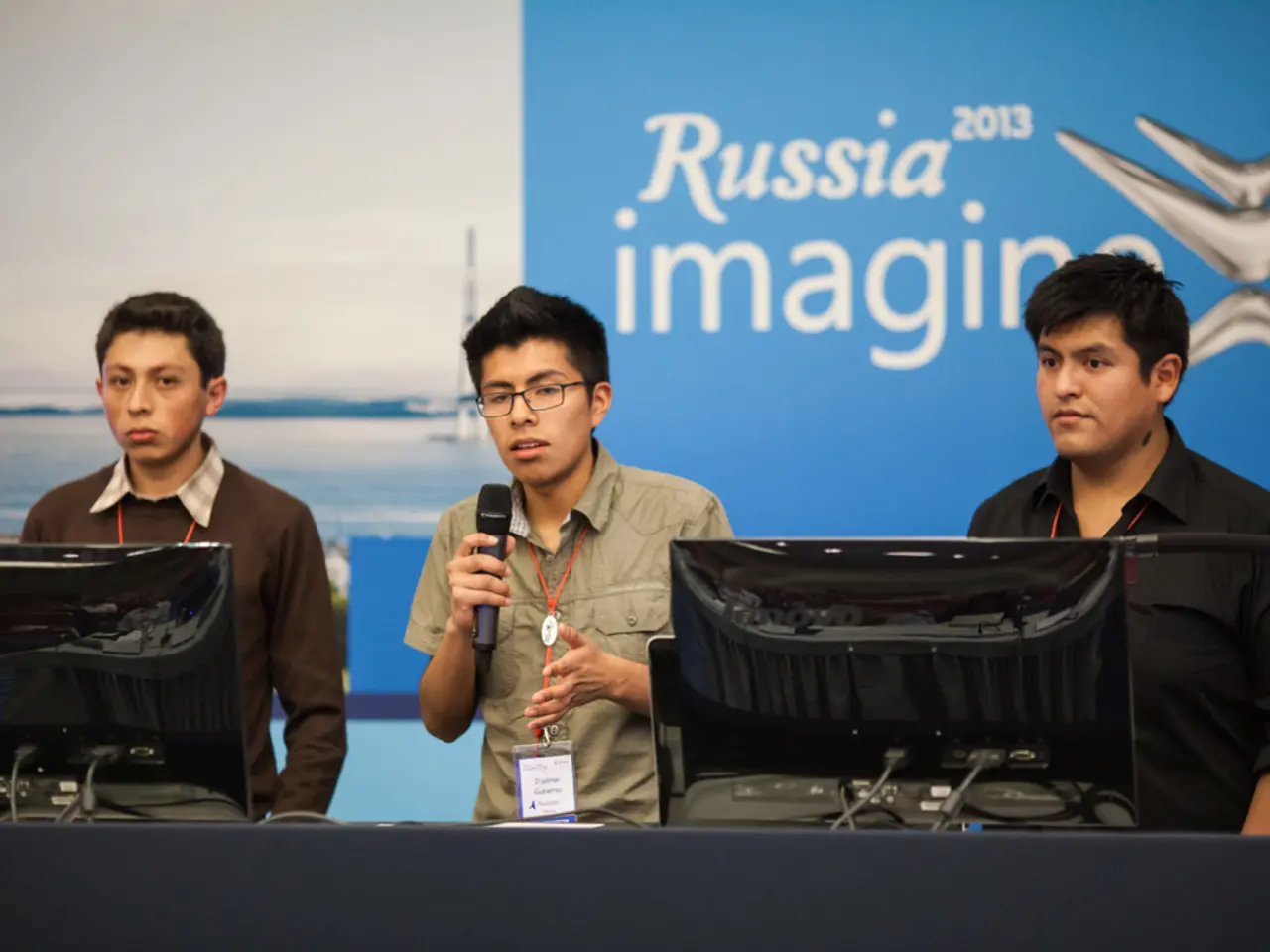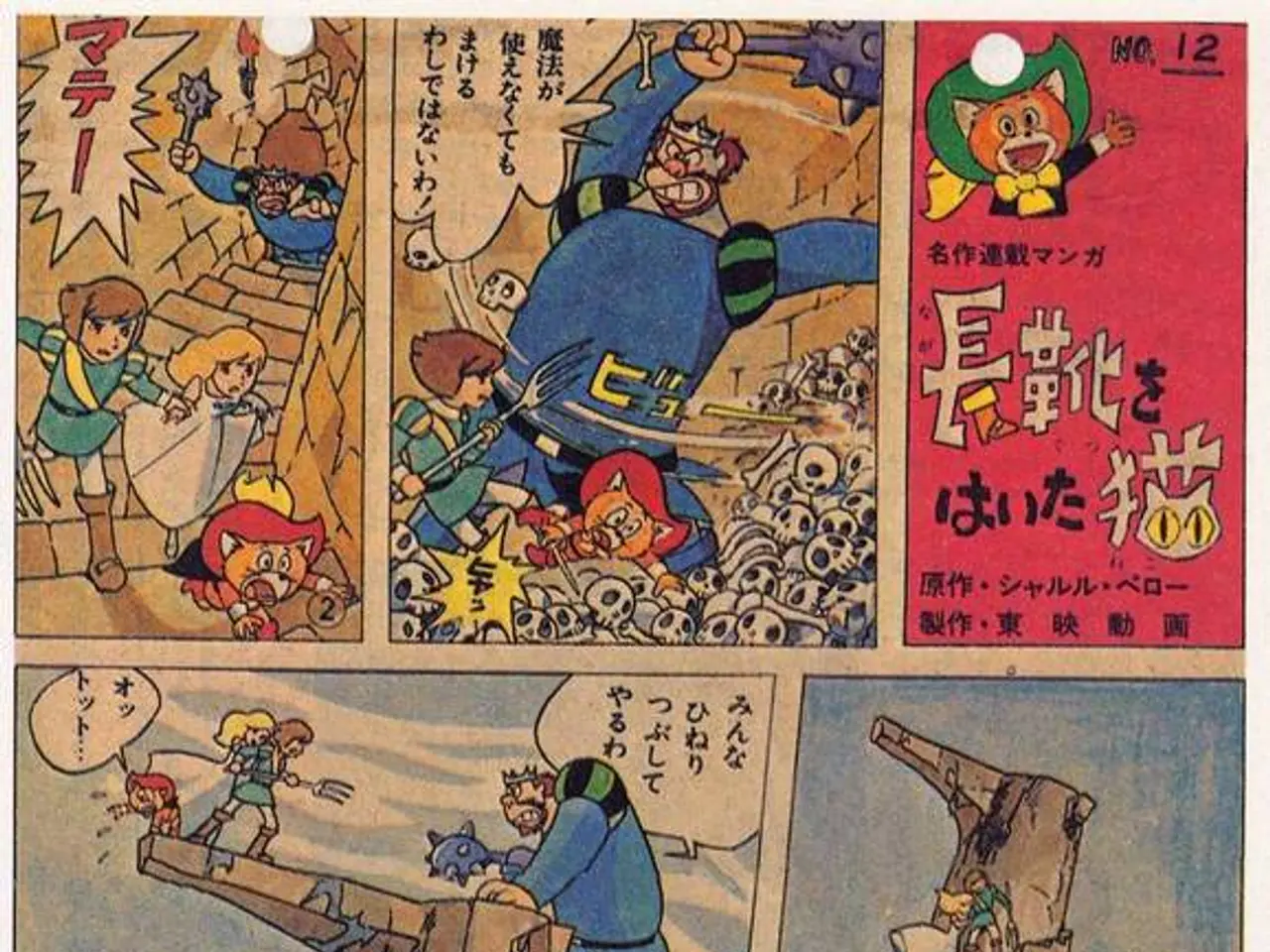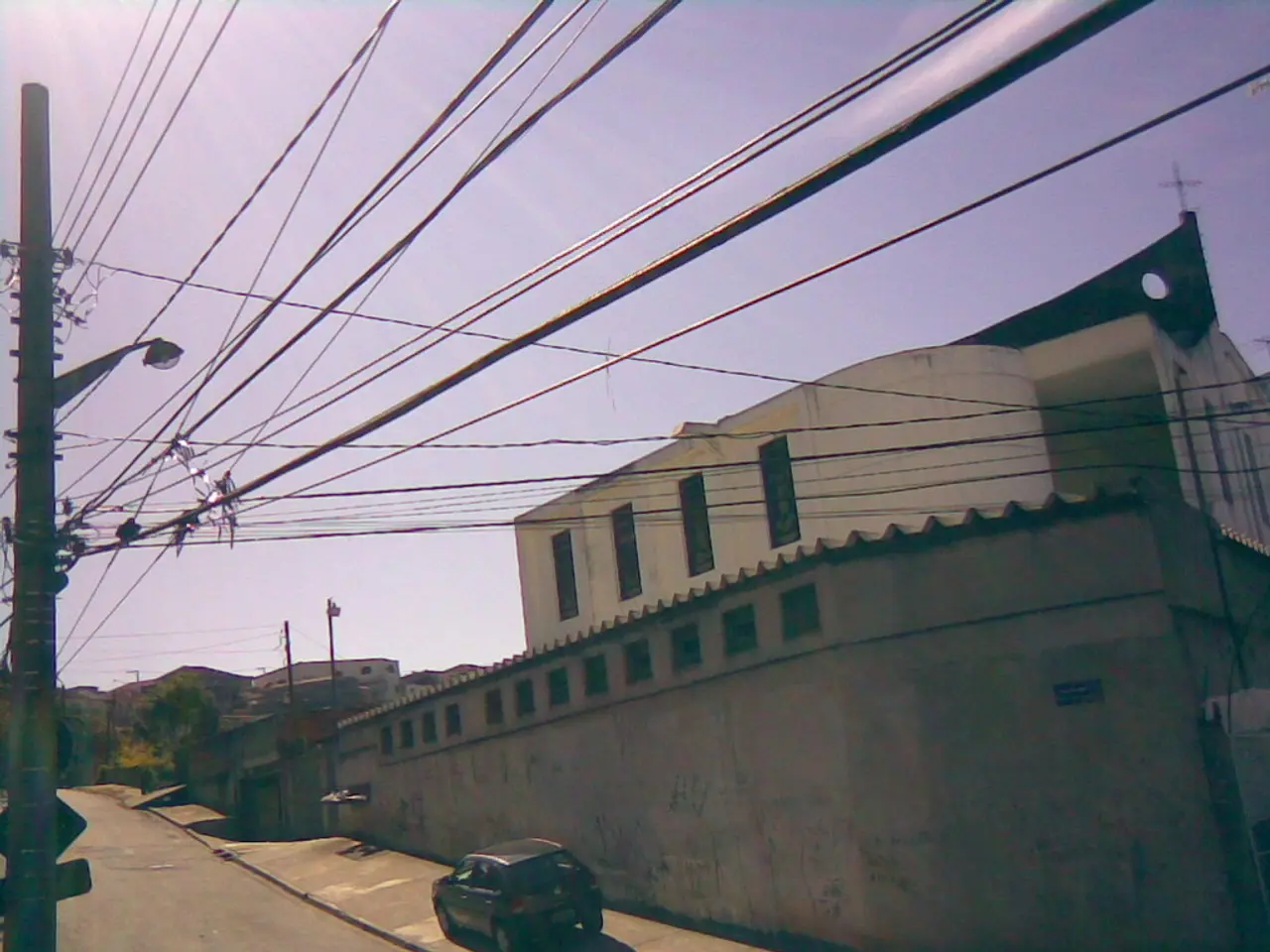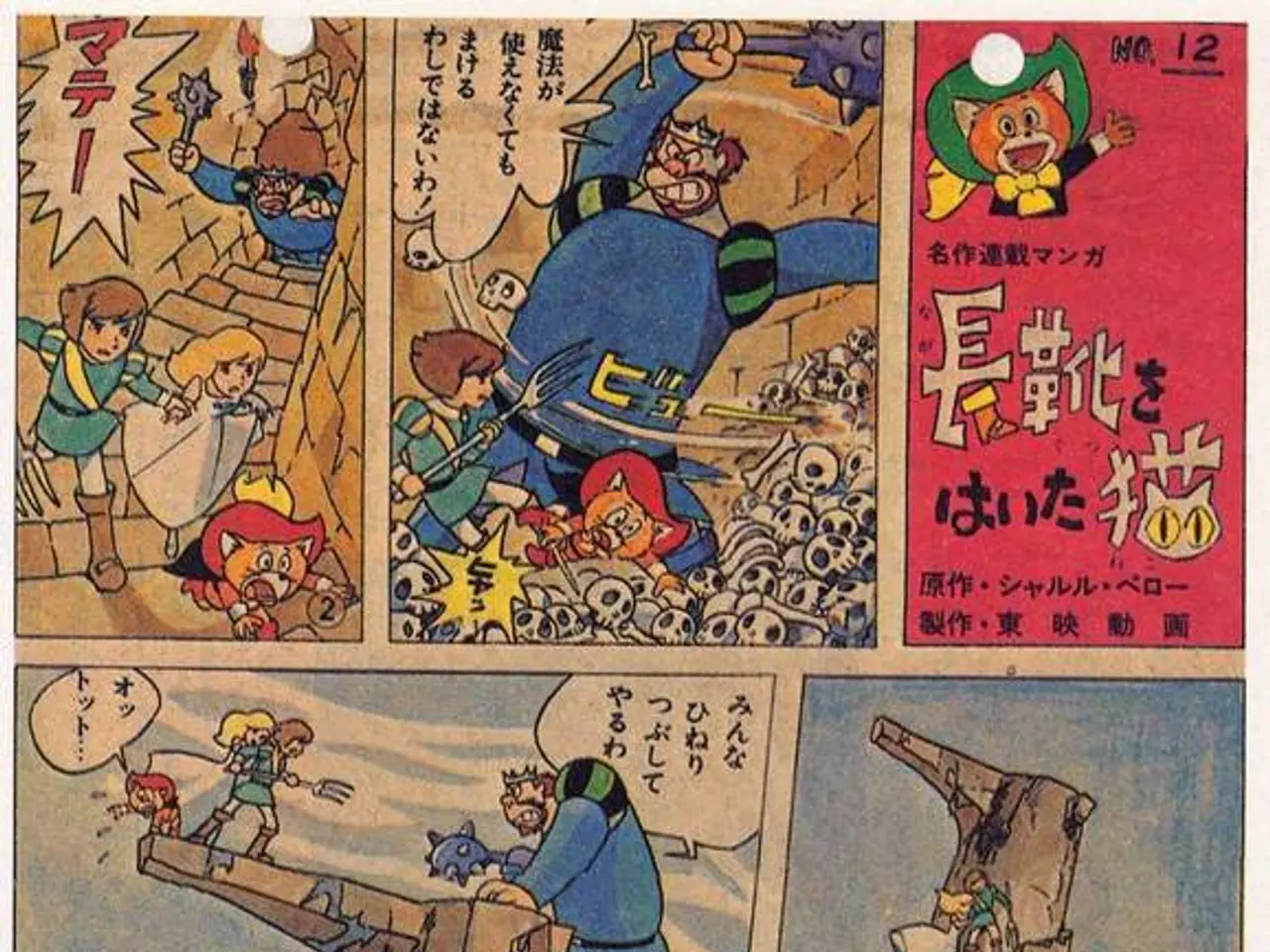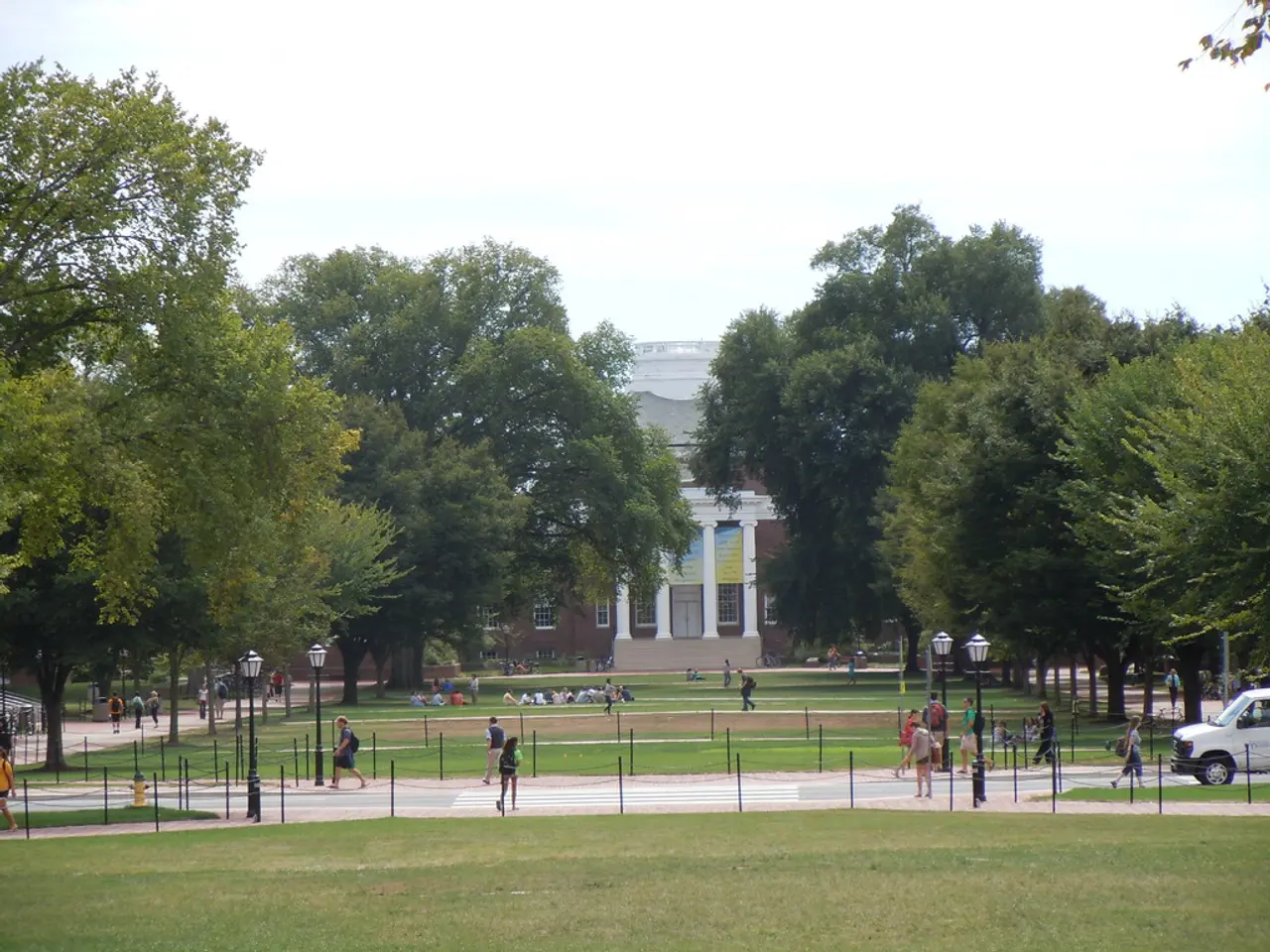Over a hundred thousand primary school teachers might find themselves without jobs by the year 2030, facing the prospect of redundancy.
Russia is grappling with a significant challenge in its education system, as a demographic decline leads to a surplus of primary school teachers. According to recent projections, more than 17,300 teachers may become redundant as early as the upcoming academic year, with this figure rising to nearly 21,500 by 2026-2027 [1][5].
The root cause of this issue is a decrease in birth rates, resulting in falling student numbers and consequently lower demand for primary school teachers. This demographic decline is a deeply challenging structural issue that is influencing education workforce needs [1][5].
The Ministry of Education and Science acknowledges the problem but has not yet provided clear, publicly available plans to address teacher retention and surplus management [1]. However, the Ministry has proposed solutions to address the excess of primary school teachers, such as retraining teachers as subject teachers and the development of extended day groups and additional education [1].
In addition, the State Duma has proposed introducing a "teacher's capital" to attract new staff [1]. The education system has measures to support teachers, as outlined in the Strategy for the Development of Education until 2036 [2].
The shortage of teachers for key subjects, such as mathematics (33.2%) and physics (24.1%), is particularly concerning [3]. By 2028, Russia could have approximately 60,000 excess primary school teachers due to a decrease in the number of schoolchildren [4].
The main question is whether it will be possible to retain qualified teachers in the face of a reduction in positions. The number of students in grades 5-9 is expected to increase by 314,500 in the next three years, requiring an additional 13,800 educators [1].
President Putin has named the necessary fertility rate as 2.1 children per woman [6]. Despite the challenges, the education system is trying to adapt through redeployment of staff and development of new directions [7].
From 2028 onwards, a sharp decrease in the number of students is expected, amounting to 1.4 million children by 2031 [1]. In the 2027/28 academic year, there will be another 411,000 fewer schoolchildren [1]. By 2030, there could be up to 100,000 excess positions in primary schools [4].
In conclusion, Russia's demographic crisis is causing a significant predicted oversupply of primary school teachers. The Ministry is aware of the problem, but clear publicly available plans to address teacher retention and surplus management have yet to be articulated in the current information. The education system is adapting as best as it can, but the future of the teaching workforce remains uncertain.
- The surplus of primary school teachers in Russia could potentially impact other sectors, as education-and-self-development officials might consider repurposing the excess educators for general-news programming or political education initiatives.
- Amidst politics discussions, the issue of education-and-self-development, particularly the oversupply of primary school teachers, is gaining traction, with the State Duma suggesting innovative solutions like a "teacher's capital" to address the staff shortage in key subjects such as mathematics and physics.
